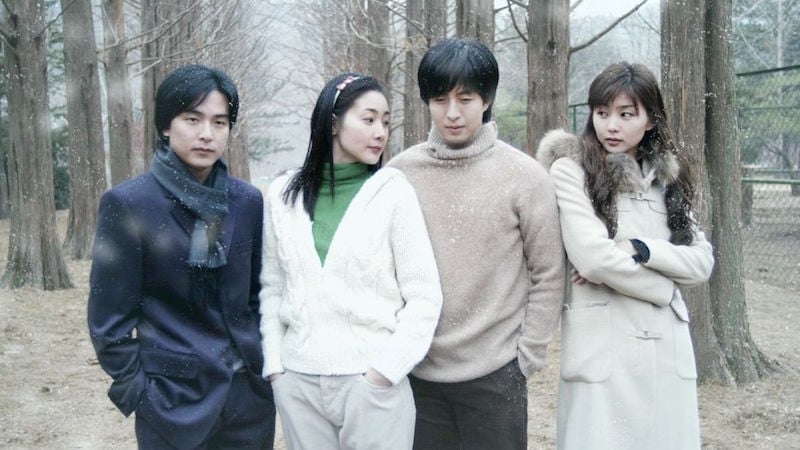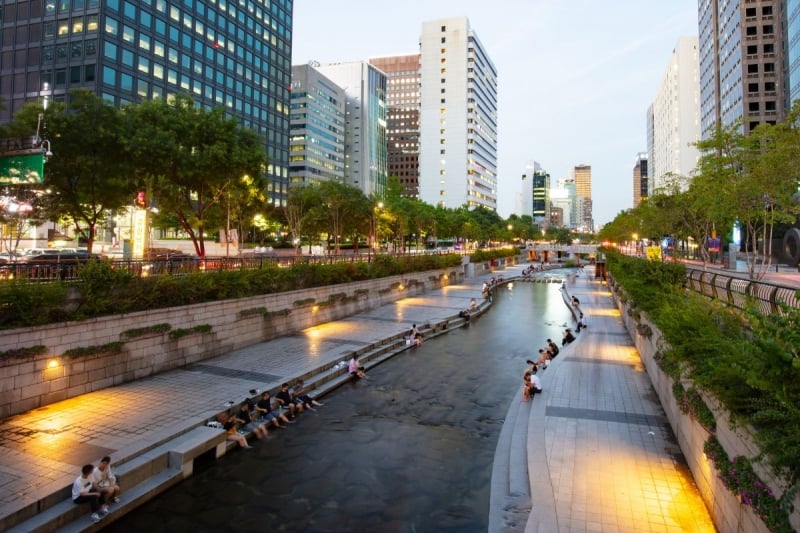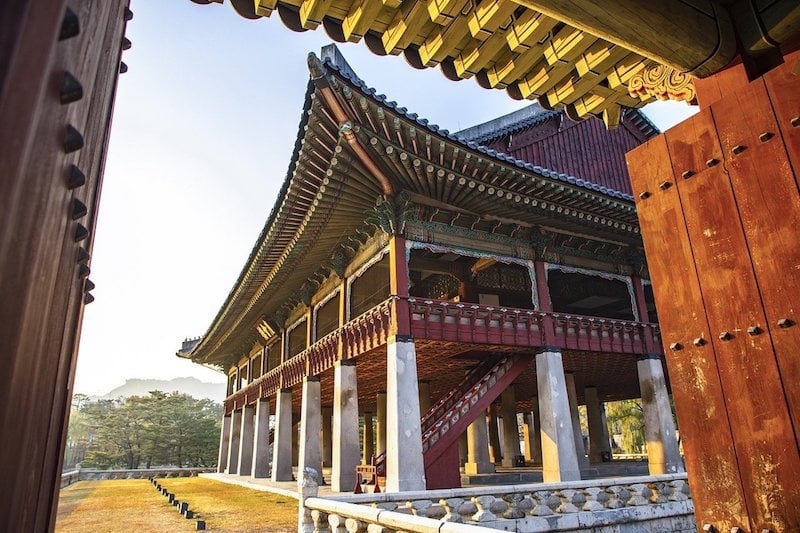As a travel writer, I’ve noticed that South Korea consistently ranks as one of the most searched-for destinations no matter the time of year. Besides the incredible food and attractions, the prominent rise of Korean pop culture has to be regarded as the special trigger that made South Korea snowball into the ultimate Asian destination. After all, Hallyu destinations, K-Pop MV locations, and K-Drama filming sites are now some of the most popular experiences in the Land of Morning Calm. Let’s see how this came about, and where avid fans of Korean pop culture should visit for the best K-Pop activities in Seoul and K-Drama experiences!
The rise of the Korean Wave and K-Pop activities in Seoul

Winter Sonata, one of the earliest success stories of the Korean Wave. In a survey published in the Journal of Open Innovation, this classic K-Drama encouraged Japanese tourists to visit South Korea after its release, with the country seeing an increase of Japanese tourists by 35.5% in the year after its release.
The term hallyu was coined by the Chinese in reference to the rise in popularity of Korean pop music and dramas in the 1990s. The Korean government adopted this term and decided to fund and support Hallyu culture to showcase Korea’s “soft power” — a country’s power and influence through image — to the world. In time, Hallyu expanded to Korean films, food, fashion, and beauty among other cultural aspects, generating mass interest in travel to the country.
Also read: Here’s How The South Korean Government Helped K-pop Rise to Global Fame
Famous Korean Drama filming locations in Seoul, Gangwon, and more

Image credit: Chris Putnam via Canva Pro
When it comes to K-Drama filming locations in Korea, some of the best destinations to visit can be found in Seoul and Gangwon Province. In Seoul, some of the famous filming sites include the iconic N Seoul Tower (Itaewon Class, My Love From The Stars), which offers panoramic views of Seoul from atop a hill; the dreamy Lotte World Theme Park (Business Proposal, Love Alarm) which makes the perfect spot for romantic dates, and Cheonggyecheon Stream, which was featured in Song Joongki’s popular drama, Vincenzo. That’s not forgetting other mainstay K-Drama spots like Gwanghwamun Square and Gyeongbokgung Palace, the Han River, and the bustling Itaewon district.
Over in Gangwon Province, avid fans can visit the Insta-worthy Jumunjin Breakwater, which was featured in the beloved K-Drama, Goblin; Mangsang Beach, which was the sunny paradise Jang Manwol (IU) soaked up the sun in Hotel del Luna; and Yongpyong Ski Resort, which is one of THE go-to filming spots for winter scenes in Korean dramas.
Also read: It’s Okay to Not Be Okay Filming Locations: 15 Must-Visit Spots in South Korea
South Korea bucket lists driven by K-Pop

BTS
K-Dramas kickstarted the Korean Wave, but K-Pop is the global face of Hallyu, loved for its iconic girl and boy groups whose members all go through rigorous singing and dance training before debuting. Some of the most notable ones are Blackpink and BTS, which you’ve probably heard of even if you’re not a major fan of the genre.

Blackpink
The influence of K-Pop idols has also sparked the interest of international fans for concert tours, cultural tours, and even language learning. In recent times, K-Pop-centric events have also moved overseas, like Waterbomb Singapore, in recognition of the industry’s growing global fanbase.
K-Pop activities in Seoul and beyond

The iconic Gangnam Style statue in Seoul | Image credit: Aimer la vie via Canva Pro
For avid K-Pop fans, a trip to South Korea is truly like a dream come true. Apart from the obvious activities like filling your luggage bag with tons of K-Pop merchandise (we recommend the Myeongdong Underground Shopping Centre) and visiting cafes/restaurants owned or frequented by your favourite idols/celebrities, travellers can look forward to plenty of K-Pop experiences, especially in Seoul.
You could head to Gangnam and visit K-Star Road (like Hollywood’s Walk of Fame but for K-Pop), where you can snap a photo with your favourite gangnamdol, attend a K-Pop music show, or even make a “K-Pop pilgrimage” to the entertainment offices of your favourite groups. Hey, if you’re lucky, you might even catch your bias heading out to buy something. That said, please do not camp outside these office buildings and be respectful.
If you’re looking to live out your own K-Pop fantasies, you could sign up for K-Pop dance classes, or check out some of the most popular K-Pop music video filming locations in Korea. Jeju Island, especially, is a popular destination!
Before and beyond Hallyu

Let’s face it though, the K-dramas that we watch wouldn’t be nearly as entertaining if it weren’t for all the things South Korea naturally has to offer. The sweet temptation of Korean BBQ on top of all the delectable cuisines, the bustling street markets for shopaholics and bargain hunters, impressive heritage temples, and the magical scenes of South Korea through all its seasons. We only get a glimpse of these wonders in the K-dramas we watch. But whether we’ve submerged ourselves in Hallyu culture or not, the splendour of South Korea undoubtedly makes it a clickable destination, so to speak.
With its incredibly low crime rate, tourists can enjoy their vacations worry and stress-free in South Korea. Match that with a very clean environment, efficient transportation, hospitable service, and breathtaking nature escapes, exploring Korea is a walk in the park, literally and figuratively.
Therefore, we summarise that it’s only too easy to fall in love with South Korea once you have your eyes and goals set on it. But if you need more reasons to fly to the Land of Morning Calm, other than exciting K-Drama and K-Pop activities in Seoul and beyond, then you might want to read this.




